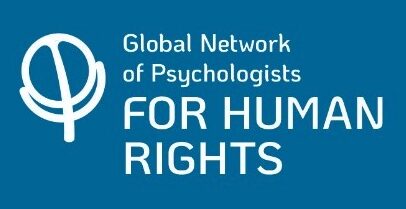Abrams, D., Randsley de Moura, G., Hutchison, P., & Viki, G. T. (2005). When Bad Becomes Good (and Vice Versa): Why Social Exclusion Is Not Based on Difference. In D. Abrams, M. A. Hogg, & J. M. Marques (Eds.), The social psychology of inclusion and exclusion (pp. 161–189). Psychology Press. https://kar.kent.ac.uk/4112/1/Social%20Exclusion%20Chapter.pdf
Abstract
The chapter describes our work on the Subjective Group Dynamics model. The model proposes that whether deviant group members attract positive or negative reactions depends on the implications of their actions or attitudes for the validity of ingroup norms. As differences between ingroups and outgroups become more important, members also become more likely to endorse or reject specific individuals from either group that uphold ingroup norms. Therefore, some “pro-norm” ingroup deviants are likely to be tolerated, whereas other “anti-norm” ingroup deviants are likely to be rejected. The direction, rather than magnitude of deviance drives decisions to exclude or include them. We describe evidence that reactions to deviants serve to sustain social identity of group members and to sustain positive ingroup stereotypes. Developmental evidence suggests that these reactions are a relatively sophisticated form of ingroup bias, which may allow people to include and exclude others apparently as individuals, when in fact the reactions are group-serving.
